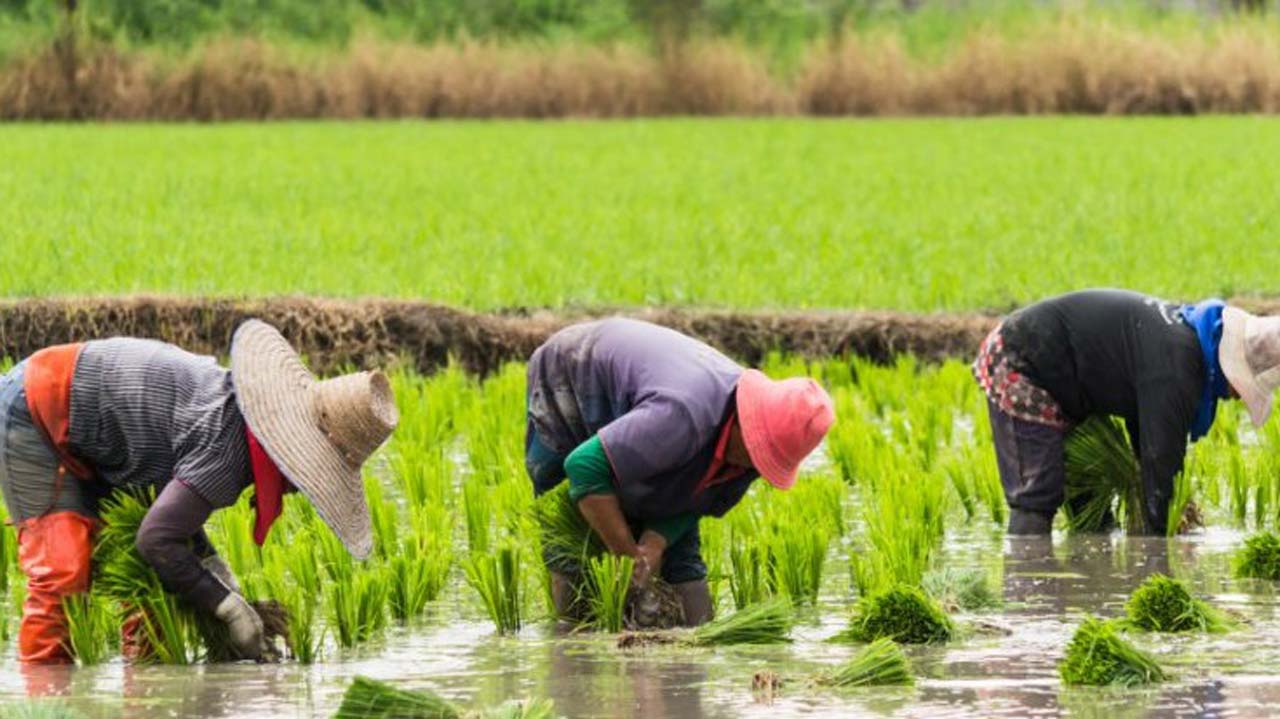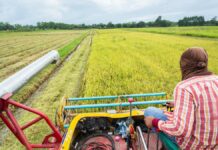Nigeria’s shift of focus to Rice, Maize, Sorghum and others has put tree crops under threat. The nation has therefore lost its glory, wealth and position in the production of almost all the tree crops like cocoa, oil palm, cashew etc.
Cocoa was the wheel of development in western and southern Nigeria in 1960s and in the same period, oil palm was money for many households in the eastern part of Nigeria, while cashew put smiles on the faces of many people in communities in northcentral, eastern and western parts of the country. Coffee and tea also gave many families good income in Taraba and Plateau states, as well as pockets of other producing areas across the country.
It is worthy of note that while many nations have strengthened production of their tree crops, the production is Nigeria has consistently been on the decline because the federal government only made promises without articulated policies and funding.
READ ALSO: A Community in Kwara Donates 100 Hectares of Land for FG Farm Project
Through the former Minister of Agriculture and Rural Development, who is now the President of African Development Bank, Dr. Akinwumi Adesina, Former President Goodluck Jonathan stated that if the country was to meet national targets on cocoa beans productions, Nigeria needed to raise 111 million improved hybrid seedlings in 2012, another 116 million in 2013. Unfortunately, none of these targets was met.
During President Olusegun Obasanjo’s administration, the National Cocoa Development Committee made effort to revive production. Between 2002 and 2007, the committee distributed inputs to cocoa farmers at 50 per cent subsidy. NCDC also raised 62 million high-yielding early maturing hybrid seedlings, which can cover 56,000 hectares of new cocoa fields, according to Centre for Public Policy Alternatives.
The centre noted that the country was experiencing low and declining yields due to inconsistent production patterns, disease and pest attack, adding that “low levels of mechanization with dependence on cutlass and hoe agriculture and ageing of cocoa fields play roles in decreased productivity, especially in southwest states that contribute nearly 80 per cent of national cocoa yields.”
Dr. Oyewale Peter Oluwaseun, who researched “the Rise and Decline of Cocoa Production and its Economic Implication on the Cocoa Farmers in Ondo State, Nigeria,” said cocoa in the south had a comparable role in some ways, but local consumption has been at a very low level.
The Federal Ministry of Agriculture and Rural Development came up with another cocoa revival at the inception of President Buhari’s administration is 2015, which attempted to change the dynamics of production.
Buhari’s administration set a target for national production to reach 500,000 metric tonnes at least by 2016 and expected to push the production figures to 1 million tonnes by 2018, but not much was done.
The global cocoa beans market is expected to grow at a compound annual growth rate (CAGR) of 7.3 per cent from 2019 to 2025 to reach $16.32bn. The chocolate industry, which consumed 43 per cent of all cocoa in 2017, had a retail market value of $106.19bn in 2017 and is expected to grow to $189.89bn by 2026. However, Nigeria’s earning has been very marginal about $804 million cocoa exports, according to the Nigerian Export Promotion Council.
On oil palm, Nigeria was the world’s largest palm oil producer with global market share of 43 per cent in the early 1960s. Today, it is the 5th largest producer with less than 2 per cent of total global market production of 74.08 million tons, according to PricewaterhouseCoopers (PwC).
According to Intrado, a global market research Newswire, the global market for palm oil was worth $42.8bn in the year 2020, and may likely reach $57.2bn by 2026, at growth rate of 5 per cent in the period under review.
Mr. Alphonsus Inyang of the National Palm Produce Association of Nigeria (NPPAN) therefore advised the new Agriculture Minister to focus on massive development of tree crop such as oil palm, cocoa, cashew nuts, rubber, coconut, tea and coffee to recover the lost glory of the country in the production, processing and exports of these commodities.
“These commodities should be regarded as mandate commodities and huge budgets should be made for them in the 2022 fiscal year. Each of these commodities can generate at least 5 million new jobs as each plantation will produce for up to 50 years,” he said.
For coffee and tea, the global market is huge, yet Nigeria is nowhere cutting a piece of this market despite the enormous potentials for growing tea and coffee in 22 states.
The Report Linker Market Research, said coffee and tea global market will reach a value of $143.08bn this year from $140.2bn in 2020 at 2.1 per cent growth rate and the market is likely to reach $193.78bn by 2025 at a growth rate of 8 per cent.
According to the Nigerian Export Promotion Council, “Our cashew kernel exports are increasing fast during recent years, already reaching over $11m. Most kernel exports (80 per cent) went to USA in 2017. Raw cashew nut (RCN) exports are nevertheless still very dominant. We reached a staggering annual growth of 54 per cent in export value of RCN during 2013-2017. However, United Nations Conference on Trade and Development (UNCTD) said “between 2000 and 2018, world trade in raw cashew nuts more than doubled to 2.1 billion kilograms, and African producers – led by Côte d’Ivoire – accounted for almost two-thirds of the growth. But the continent’s farmers and exporters get only a fraction of the final retail price.”
Mr. Unekwuojo Edime, the president of Cashew Farmers, Aggregators and Processors of Nigeria, said much work needs to be done if Nigeria must beat countries like Vietnam, or even Côte d’Ivoire.
He stressed that despite the potential to be the leading producers, Nigeria’s production is far below potentials.
Under the current administration, effort is directed more to the production of grains, particularly maize and rice, which made the former minister of agriculture and rural development, Alhaja Sabo Nanono, to label them “political crops” because people usually react to any slight increase in their prices by calling out the government.
Since launching the Anchor Borrower Programme in 2015, maize and rice have received the largest federal funding worth over N150bn by the Central Bank of Nigeria, while tree crops and livestock suffer.





